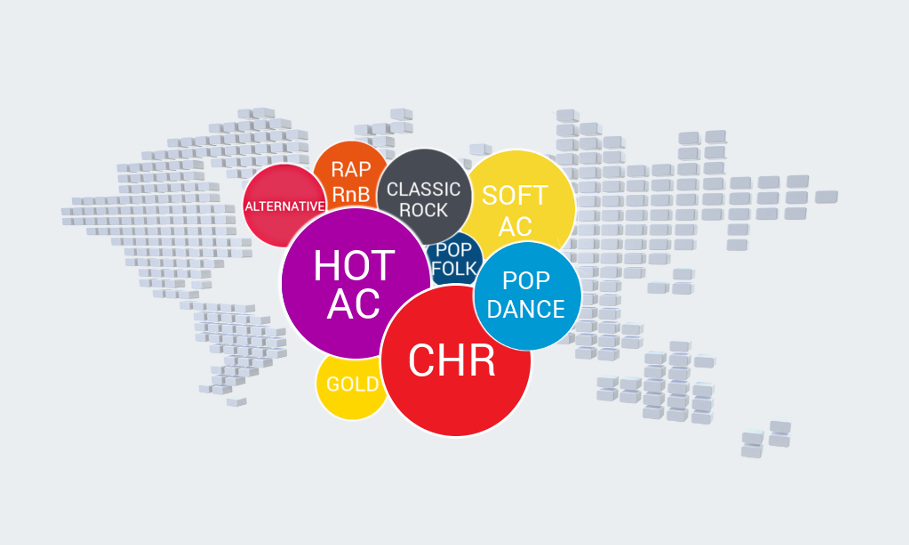How To Make Your Gold-Based Format Shine (Part 1)
by Thomas Giger of www.radioiloveit.com
Spinning lots of Gold? This programming approach for your Classic Hits station (or similar music format) may make your station shine.
Following our earlier series on CHR formats, some of you asked to receive ideas for Classic Hits stations as well. So this is part 1 of a new series on Gold-based formats. We’re starting with ideas to set up categories to support your strategy for ratings and revenue, and creating a flow to serve your full demo while focusing your effort on your core.
‘Think of format core in terms of audience and taste’

Eurodance, Grunge and other styles that mark the 90s music era may make it challenging to find suitable songs for today’s Classic Hits (image: Thomas Giger, source material: Byte, DGC)
Serve your entire demographic
The mother of all music formats is based on decade categories, such as one category for songs from the 1960s, another one for 1970s, and so on. I used to do the same in my early radio years, being really precise (close to autistic) with it. A song that was a hit in 1979, went into my ‘70s’; a song that charted (mainly) in 1980, went into my ‘80s’ category.
I then created a category flow to spread decades out for broad audience appeal. If two classic hits went back to back, a 1960s song would play next to an 80s (not a 70s), and a 70s track next to a 90s (not an 80s), engaging every segment of our total listener demo (and having music variety as a nice additional benefit). This was around 2000. The station I programmed, aimed at 25-54.
Consider your music cycles
Sometimes, during specialty shows, there would be instances where a 70s classic would play next to an 80s song, or an 80s hit would be adjacent to a 90s track. That would sometimes create a challenge, as many works from 1978 and ’79 sounded like those from ’80 and ’81 (as there were many Disco songs in the charts in those years), so we looked beyond the usual category borders.
We introduced era categories based on music cycles, a natural way to separate songs with a similar sound. Our (former) 70s category now went until 1982, and our (former) 80s category, which now started in 1983, now went till 1992 (because of a Dance wave, around 1990). It helped us to naturally ‘pre-separate’ music genres by category, before separating them by sound codes.
Define your era periods
The concept of (rounded-up) era-based categories can be taken further by looking at a larger period. In 2020, a station aimed at 35-54 will probably play mostly music from between 1976 (when a 54-year-old was 10, and was getting involved in pop culture) and 1995 (when a 35-year old was 10), so with a middle around 1985 / 1986, where we could split it into 2 subcategories.
Although we now could simply balance Old Classics (1976-1985) and Young Classics (1986-1995) in our clocks, we also want to think of format core in terms of audience and taste. In this case, we would ask questions like: is our core audience 35-44, 45-54, or in the middle with 40-49? And: can we find enough great-testing songs from the extreme 90s with their Eurodance and Grunge?
‘Precise control over song rotation can only be gained through separate categories’

Combining demographic-based main categories and popularity-based sub categories allows us to create category sequences such as this one (image: Thomas Giger, source material: Warner Bros., Atlantic)
Establish your era categories
Let’s assume that we’ve done our research (so we know which songs appeal most to our entire 35-54 year-old target audience), and we’ve divided our library in 3 categories for 3 subgroups:
Young Classics: attractive for the younger end of our listenership (35-39, music: (first half of) 90s)
Core Classics: aimed at the main core of our desired audience (40-49, music: full period of 80s)
Old Classics: relating to the older end of our demographic (50-54, music: second half of 70s)
and let’s assume that we aim for the main core and the younger end (which has a potential of becoming our future main core, and is sexy for advertisers), then we can move to the next step.
Build your category sequence
As we’ll play mostly 80s and first-half 90s music with a bit of second-half 70s music, we can create a category sequence based on correct ratios for desired exposure, in this case:
3 Core Classics : 2 Young Classics : 1 Old Classic
resulting in a basic format sequence that goes like this:
Core — Young — Core — Young — Core — Old — (repeat pattern)
As Young Classics would be frequently exposed, we would need enough good-testing songs from a short 1990-1995 period (compared to a way larger 1980-1989 library). The solution could be to extend Young Classics with great 1996-2000 songs, or to redefine Core Classics as songs from 1980-1987 and Young Classics as songs from 1988-1995, thus including 8 music years in each.
Play your powers frequently
There are several approaches to playing ‘top-testers’ frequently. We can tell our music scheduling software to, after airplay, put a song intended as Secondary all the way back into the stack, so it will take its time to show up again, and place a song feeling like a Power not that far back, so it’ll repeat sooner. (As it was done manually, in the old days, using index cards for song rotations.)
However, precise control over song rotation can only be gained through separate categories, for example: splitting ‘Core’ into ‘Core Power’ and ‘Core Secondary’ (and so on). That allows you to create a rotation based on demographic subgroups and song popularity, thus a sequence with mainly ‘Power’ popularity songs and mostly ‘Core’ or ‘Young’ demography songs, like this:
- Core Power
- Young Power
- Core Secondary
- Young Power
- Core Power
- Old Secondary
- Core Power
- Young Secondary
- Core Power
- Young Power
- Core Secondary
- Old Power
- Core Power
- Young Secondary
- Core Power
Of course, all of the above is still based on music eras, while there are other ways to structure the music flow on your station. The upcoming part 2 will showcase another way of music scheduling for Classic Hits (alike) formats, one that actually may surprise you as it’s working from a completely different angle. Stay tuned!
 Thomas Giger is a European radio broadcasting specialist and publisher of Radio))) ILOVEIT, based in the Netherlands, and serving the radio industry worldwide.
Thomas Giger is a European radio broadcasting specialist and publisher of Radio))) ILOVEIT, based in the Netherlands, and serving the radio industry worldwide.
Please fill out this form and we’ll reach out right away to schedule your demo.







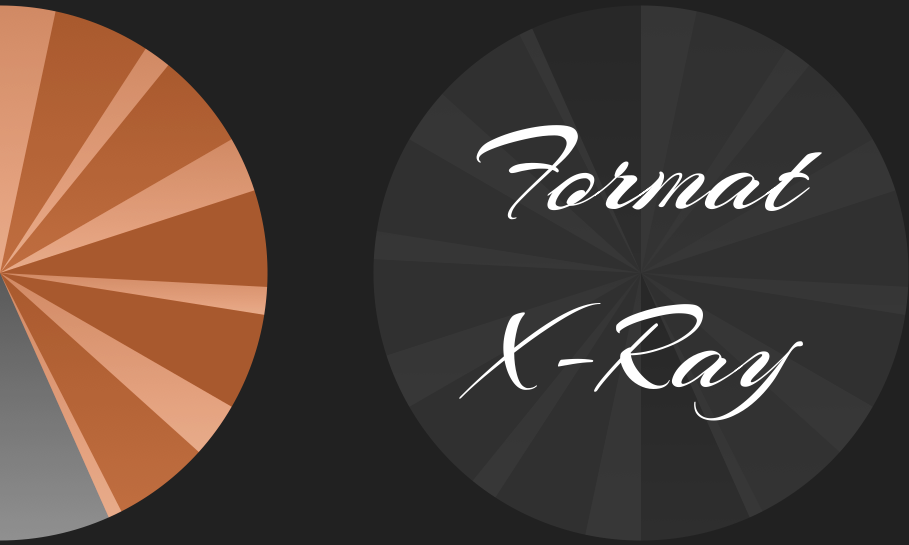




















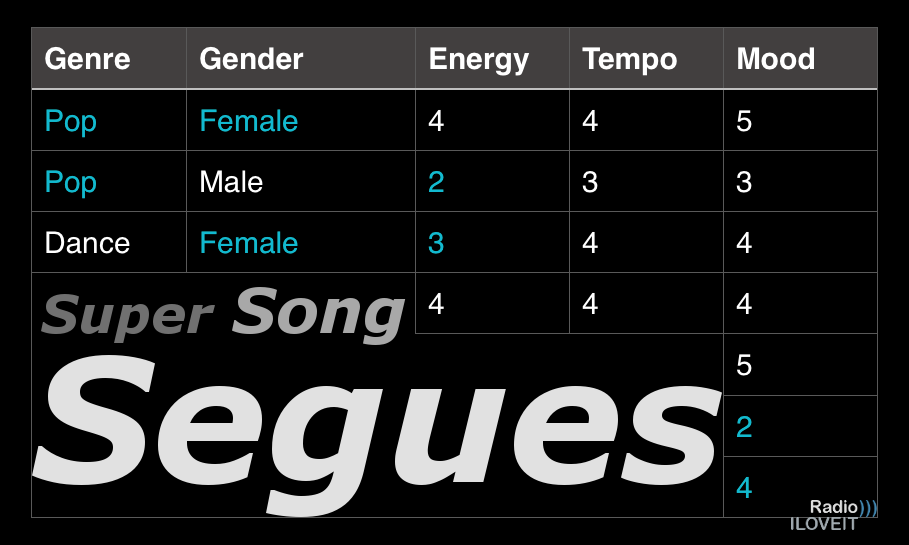
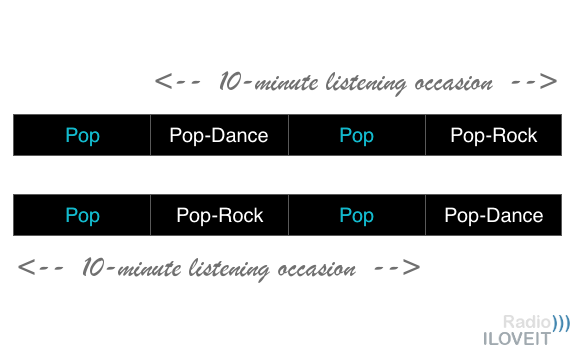
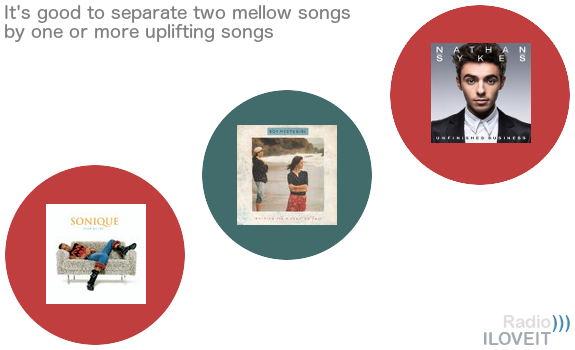


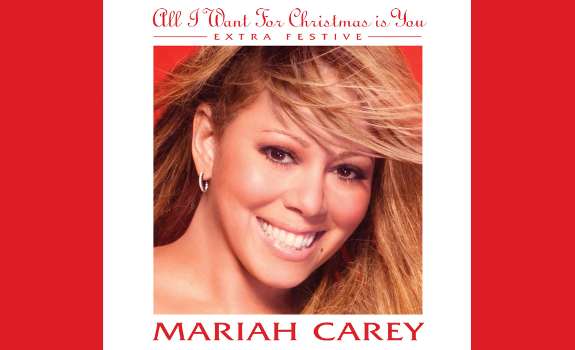
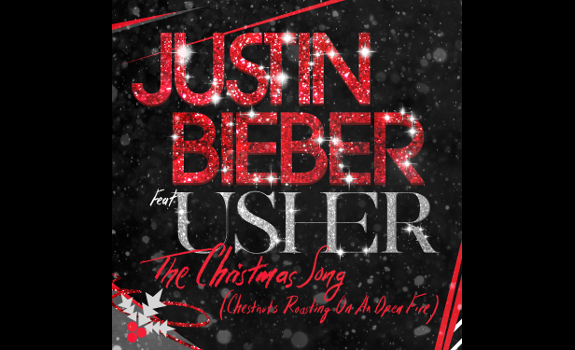
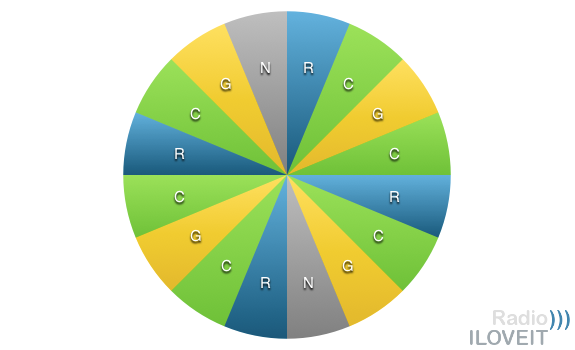
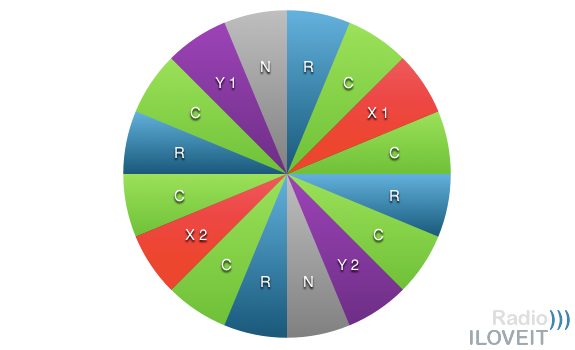
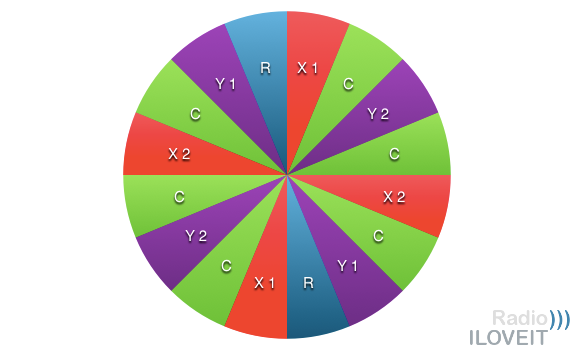
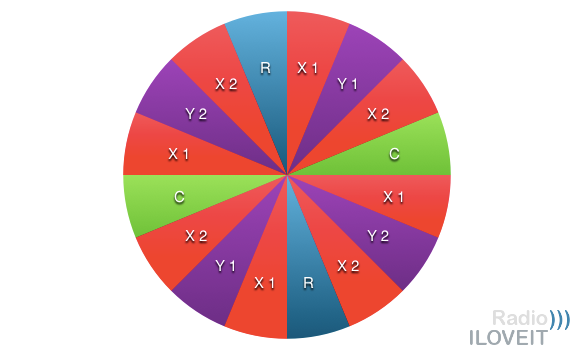
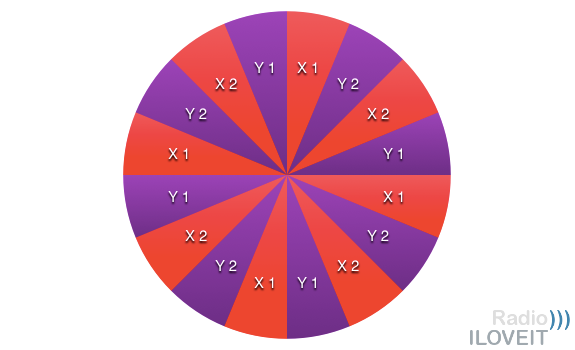
 Thomas Giger is a European radio broadcasting specialist and publisher of Radio))) ILOVEIT, based in the Netherlands, and serving the radio industry worldwide.
Thomas Giger is a European radio broadcasting specialist and publisher of Radio))) ILOVEIT, based in the Netherlands, and serving the radio industry worldwide.